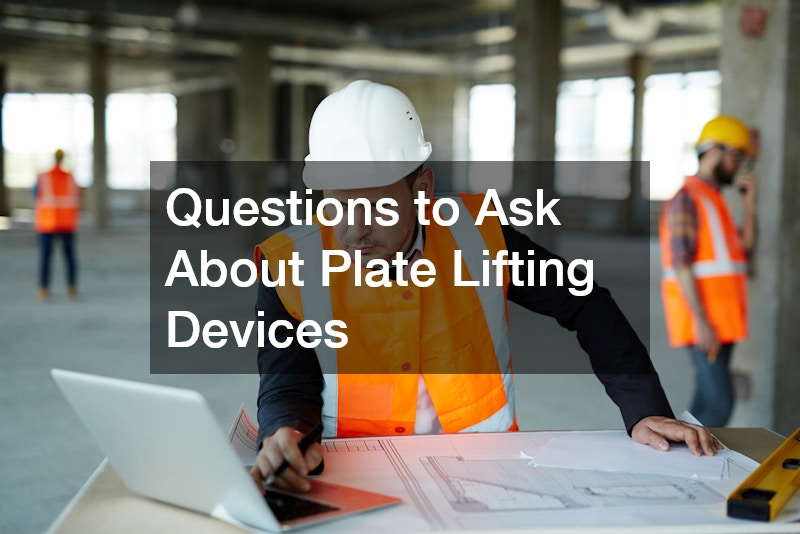When considering the purchase or use of plate lifting devices, asking the right questions is crucial to ensure that the equipment meets your specific needs and maintains a high standard of safety. Plate lifting devices are essential tools in various industries, from construction to manufacturing, where handling heavy, flat materials like steel or concrete plates is common. Below are some key questions to ask when evaluating plate lifting devices.
1. What Are the Weight and Size Capacities?
One of the first questions to ask is about the weight and size capacities of the plate lifting device.
Understanding the maximum load the device can handle is critical to ensuring it can safely lift the plates you need to move. Additionally, consider the dimensions of the plates you will be lifting, as the device must be able to accommodate their size without compromising stability or safety.
2. What Type of Materials Can the Device Handle?
Different plate lifting devices are designed for various materials. Ask whether the device is suitable for the specific type of material you need to lift, such as steel, aluminum, or concrete. Some devices may have adjustable features that allow them to handle multiple types of materials, while others are designed for a single material type. Ensuring compatibility with your materials is essential for both efficiency and safety.
3. How Does the Lifting Mechanism Work?
Understanding the lifting mechanism of the device is crucial. Ask whether the device uses a mechanical, hydraulic, or magnetic lifting system, and inquire about the pros and cons of each in relation to your specific application. For example, magnetic lifters are ideal for steel plates but may not be suitable for non-ferrous materials. Additionally, consider how the device is powered and what kind of maintenance it requires.
4. What Safety Features Are Included?
Safety should always be a top priority when working with heavy lifting equipment. Ask about the safety features included with the plate lifting device. Look for features such as overload protection, secure locking mechanisms, and emergency stop functions. It’s also important to know if the device meets industry safety standards and regulations, and whether it has been tested for reliability under various conditions.
5. What Are the Operator Requirements?
Inquire about the level of skill or training required to operate the plate lifting device. Some devices may require specialized training or certification, while others might be more user-friendly. Understanding the operator requirements will help you determine whether additional training or personnel adjustments are necessary.
6. Is the Device Customizable?
If you have specific needs that standard plate lifting devices cannot meet, ask about customization options. Some manufacturers offer tailored solutions that can better suit your unique requirements, such as adjusting the size, lifting mechanism, or adding additional safety features.
